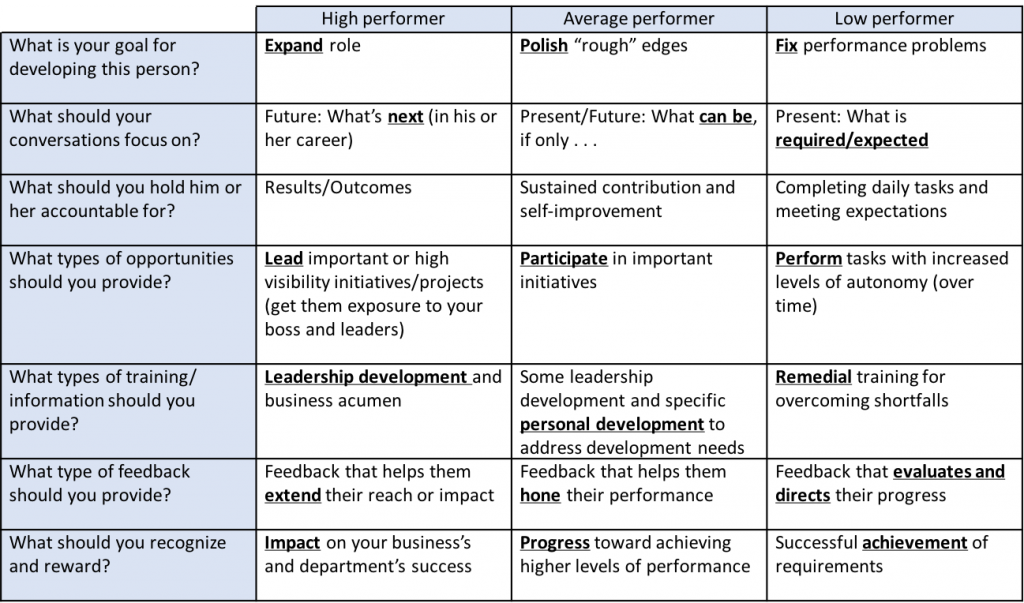“You are one of the worst leaders that I’ve ever worked for.”
Imagine my surprise at hearing those words upon walking into the break room. Yet, once I listened to this person’s concerns, I sort of had to agree. However, it wasn’t for the reason that she believed.
She felt that she was way overdue for a promotion. “Good leaders advocate for their people, you don’t back me up at all.” It was my fault that she hadn’t been promoted.
What I could not tell her (or at least what I didn’t feel was appropriate to tell her at that moment) was that just two weeks before I was aggressively advocating for her. I wasn’t advocating for her promotion though. I was trying to convince my boss and the rest of the leadership team that we should give her one more chance and not fire her.
In a sense, she was right. I wasn’t being a good leader. How could there be such a mismatch between how other people saw her and how she saw herself? The answer was simple, I was sending her the wrong messages.
I wasn’t falsely praising her or telling her that she was next in line for a promotion. It was much subtler – something that I see many leaders do.
I didn’t differentiate the way that I interacted with her. In fact, I took pride in the fact that I treated everyone on my team the same. That’s a mistake, not everyone on your team is the same and treating them that way is what is unfair.
People who perform at different levels require different types of interactions with their leaders.
I’ve found the following questions helpful in ensuring that I am differentiating and being intentional and consistent in the way I interact with others:
- What is your goal for developing this person
- What should your conversations focus on?
- What should you hold him or her accountable for?
- What types of opportunities should you provide?
- What types of training/information should you provide?
- What type of feedback should you provide?
- What should you recognize and reward?
Don’t only think about these questions once or twice a year. You should think through them prior to every interaction you have. That’s good leadership.
The following table shows how you can differentiate your interactions for high, average, and low performers. Remember that the goal isn’t to compliment or stigmatize anyone. It is to provide the guidance and support they need to succeed.
Good leaders don’t treat everyone the same. They recognize that each person has a different set of needs based on their ability and performance. Good leaders adapt to those needs and meet people where they are at.
————
Brad Kolar is an executive consultant, speaker, and author with Avail Advisors. Avail can help you improve the performance and contribution of your team. Contact Brad at brad.kolar@availadvisors.com.


